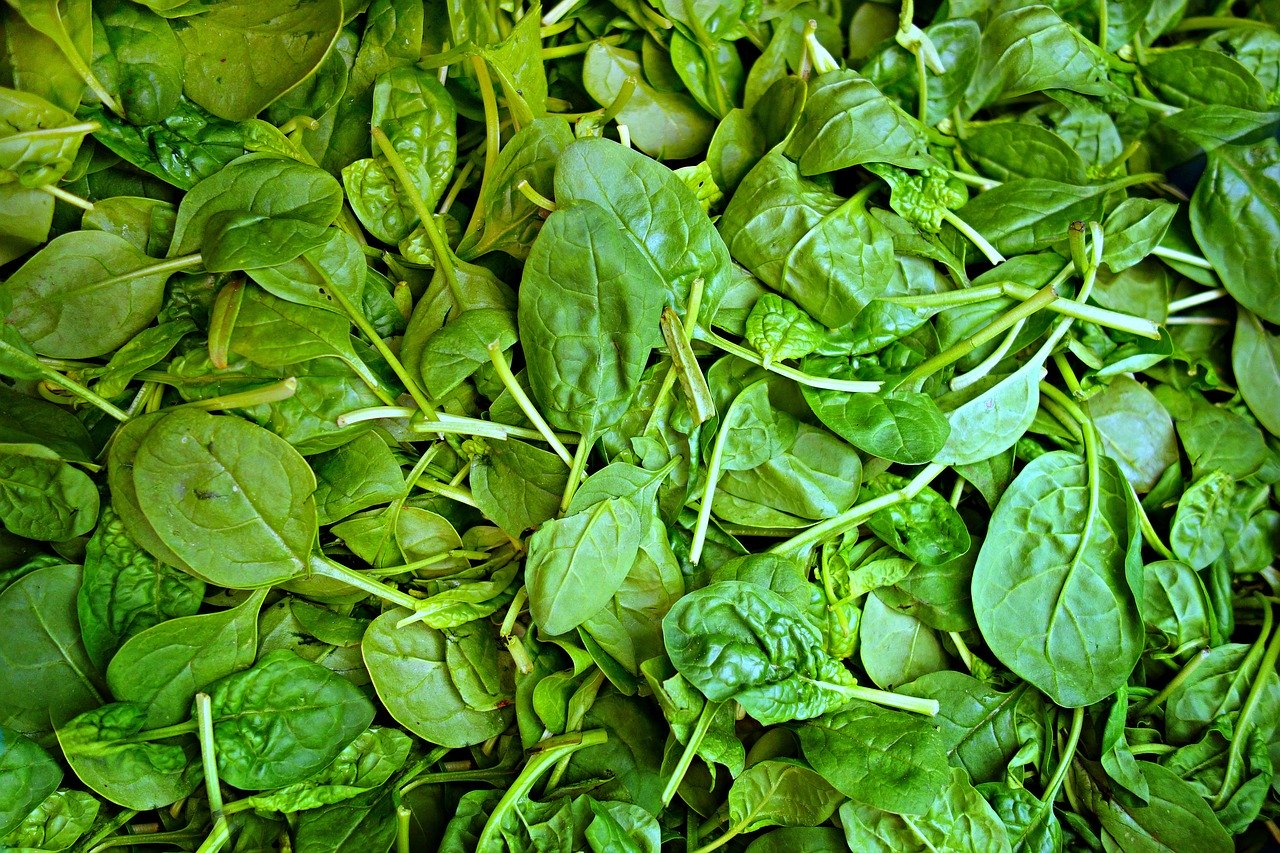Just as the question, “what is it to be human?”, has troubled humans from the beginning of history, the question, “what is the human microbiome?” has troubled researchers since the … Read more
Iron
Iron is a mineral which helps to make haemoglobin (the oxygen-carrying chemical in the body’s red blood cells) and myoglobin (a protein in muscle cells). It is also essential for activating … Read more
Cafffeine
According to the European Food Safety Authority the following amounts of caffeine are considered safe to consume:
Adults
- Single doses of caffeine up to 200mg – about 3mg/kg body weight
Omega-3 polyunsaturated fatty acids
Omega-3 polyunsaturated fatty acids also known as omega-3 PUFAs, omega-3 fatty acids and even “n-3s,”
In the 1970s, researchers from Demark discovered that although the Inuits in Greenland ate a … Read more
p-phenylenediamine
toluene-2,5-diamine sulphate
Health concerns of the product
Overall hazard: Moderate to high
Cancer: Low
Developmental and reproductive toxicology: Nil
Allergies and immunotoxicology: Moderate to high
Use restrictions: Moderate to high
Metabolic syndrome
Metabolic syndrome is a group of medical conditions that occur together, namely increased blood pressure, high blood sugar, excess body fat around the waist, and abnormal cholesterol or triglyceride levels. … Read more
Circadian rhythm
Circadian disruption has been classified as probably carcinogenic to humans by the World Health Organization’s International Agency for Research on Cancer. So what is it?
The circadian clock is the … Read more








